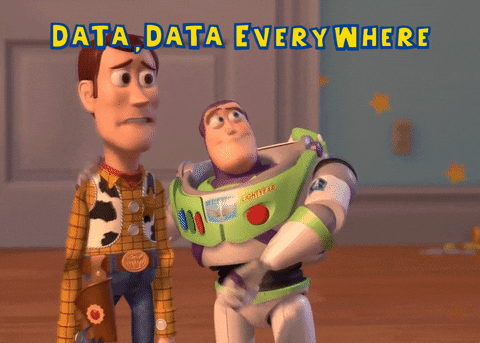In today’s highly connected and supremely digitized world, businesses have to rely on the analytics and swift gathering of information in order to remain competitive. There is a huge catalog of sources for this information from suppliers to consumers and all in-between.
For the majority of these sources, the information that is gathered is usually via the internet and as such, tends to be shared on all WiFi-enabled devices. Smartphones, tablets, laptops, and desktop computers all play a role in business, and will all be used to share this data at some point in time.
Too much information means too high a risk.
Contents
Having so much information across a business is beneficial to any enterprise, but it also has plenty of downsides. Although the massive amounts of information—or “big data” as it’s colloquially known—is located across a wide range of devices, it is still considered to be at risk of theft by hackers and cybercriminals.
The loss of a smartphone, for example, is a serious data breach since part of the corporate data is located on this device. It also means that the information is open for cloning and these duplicates can be very easily created inadvertently. Even with the most high quality of mobile threat defense, there is no guarantee that people’s personal or corporate data is safeguarded from cybercrime.
Then there are the practicalities to consider. Having so much data across the entire industry is difficult to maintain, especially if it is broken up across multiple departments. One section of the business might need access to information that is on the laptops of a completely different part of the workforce. Without proper access management, neither may even know that the other has it, or how to even get it to the right department if they do.
Governance and its importance on data security.
For enterprises, the safe conduction and sharing of huge quantities of data is not the only key to their growing success but is necessary to remain transparent. Many businesses’ corporate policies have mandated that the master data being used in the enterprise’s various analytics is kept confidential and away from threats. However, in order to ensure that these corporate policies are indeed adhered to, but still have data shared across a company safely and practically, a solution is needed. Luckily, Master Data Management is on hand to take data security to the next level.
Putting “master data” in MDM management.
To understand how master data management (MDM) works in a general sense, it’s first useful to understand the meaning behind master data itself. Simply put, the master data is all of the shared information on smartphones, tablets, laptops, and desktop computers across the entire business. It’s comprised of all that is necessary to gain actionable insights into how the business is doing and is analyzed to understand how the business can become more productive. Master data is the foundation upon which a company can learn, as they form the lessons as well as teaching them.
Master data and master data management are also becoming entities of industry in their own right—as part of the ever-growing data science sector. Data scientists, who are growing in number due to more sophisticated teaching and tech degree resources, are also able to ensure that data is properly accessed by the appropriate people. This ensures less information slips through the net of security and is correctly placed where it needs to be. Operations can use master data management to see where they can increase physical productivity, whereas analytics use MDM solutions to understand where the company’s focus should be.
A streamlined, safer, and accessible system.
In this context, master data is really only that which is pertinent to the business’s productivity. However, its sensitive value is still high, as it includes customer data (which under an obligation of various regulations must be handled carefully) as well as workforce information such as Key Selling Points (KPIs) and stocking levels. Although ensuring its safety, MDM solutions are usually employed by an enterprise to streamline and direct the data into a controlled and easily accessible hub.





